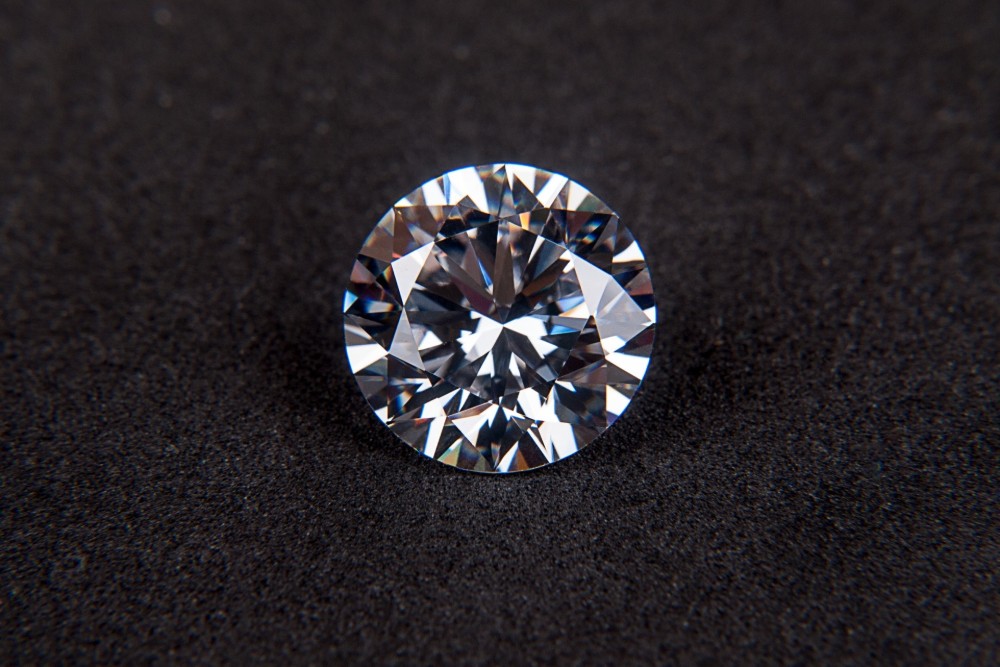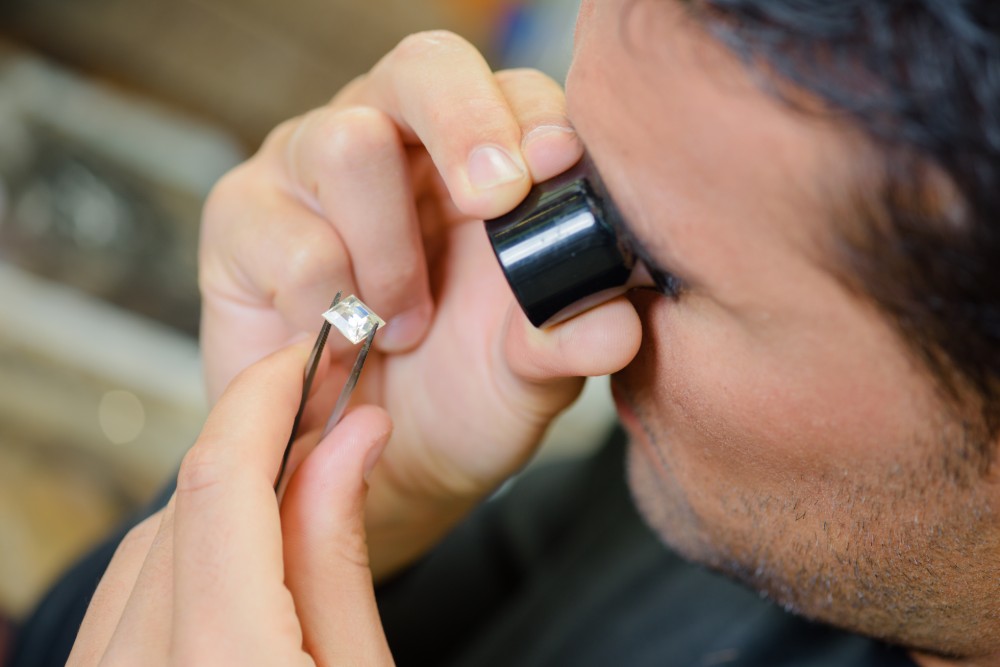4 Parts of a Diamond You?ll Want to Know Before You Visit a Jeweler
September 1st, 2019

On a fundamental level, every white diamond is made up of molecules of carbon, but it?s when science and art are applied to them that the rough stone turns into a gem-quality diamond. It?s important to know about the different parts of a diamond before you visit your local jeweler; that way, you have a full understanding of them when discussing things like pricing and the quality of your chosen jewel.
Here are the 4 parts of a diamond every shopper should know.
The Facets
The facet is the most fundamental element of a gem-quality diamond. It?s what transforms a rock into a jewel, and it?s what brings out the natural beauty of a diamond. Whether it?s a mined diamond or a lab-grown diamond, it?s faceting that makes the difference. Essentially, a facet is a surface cut into a diamond. Diamonds may be nature?s hardest material, but they?re also crystals, and like all crystals, they contain areas of inner stress that can be cleaved by a sudden strike.
The Table
When you?re showing off your glittering diamond engagement ring, the first thing that someone will notice is the table of that ring?s center diamond. It?s easy to remember what the table is because it?s the broadest, most flat surface on the top of the diamond. The first facet that diamantaires learned to cut into diamonds was the table, and there?s a reason for this: A properly proportional table controls the amount and direction of light entering the stone.
Tables differ greatly depending on the shape of the diamond. Long shapes (think marquise-, emerald-, pear-, and oval-cut diamonds) will have a longer table. This can show off a flawless internal structure better than a smaller table; however, it will also show off imperfections in a flawed diamond!

The Girdle
When you browse the Good Old Gold intro to our diamonds, you?ll notice the term ?girdle? coming up, especially when it?s part of the AGS certification.
A girdle isn?t exactly a facet—instead, it?s where the down-sloping facets of the crown meet the upsloping facets of the pavilion. This girdle is the place where a diamond is held, and ideally, it shouldn?t have any effect on the overall light distribution of the stone. However, if the girdle is too thin, it will become extremely fragile, and may suffer unsightly chips or breakage. If the girdle is too thick, it will add ?dead weight? to the stone and add a strange grey tinge to the diamond.
The Culet
The culet is a common, but somewhat controversial facet that you may see from time to time. The culet is a facet derived from cutting off the bottom point of the pavilion where all the lower facets meet. This was first added to diamonds to protect those points from snagging, snapping, or chipping. However, with modern setting styles, this is less of a concern, meaning that it?s really up to a woman what her feelings are about the safety of her stone. Some engagement ring settings, like tension settings, may call for a culet but if your diamond is burnished, for example, it?s not really necessary.
Explore an Extensive Diamond Inventory at Good Old Gold
At Good Old Gold, we consider ourselves well-versed in the field of diamonds. In fact, we offer our own in-house diamond cuts, which gives our customers an added breadth of choices when they?re looking for a gorgeous center stone for their engagement ring! If you?re interested in learning more about diamonds, contact our showroom in Massapequa Park, New York at 516-798-5151!
